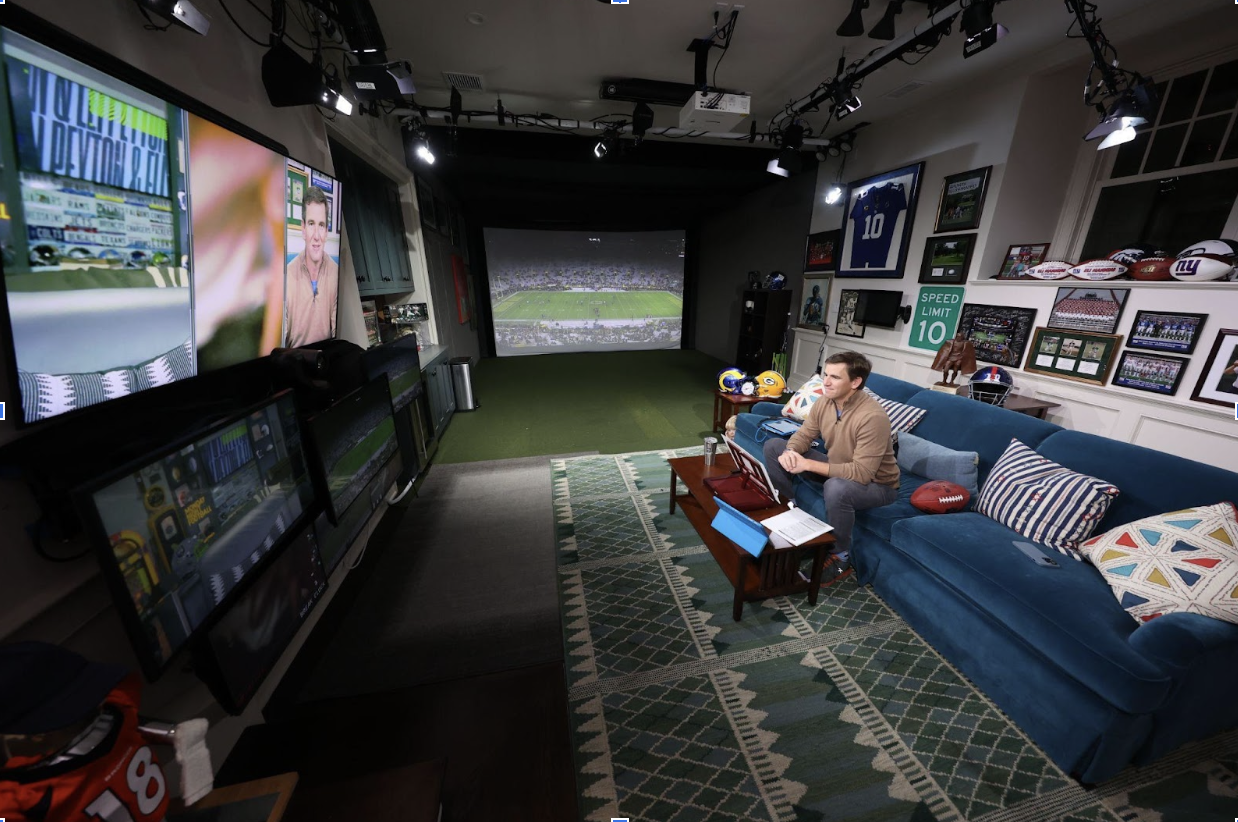Philadelphia Archdiocese announces hybrid learning model for Catholic high schools | Local News
Previously, the Archdiocese of Philadelphia shared full plans with school families regarding its plans to reopen schools safely and on time in September.
As part of the model for secondary schools, all 17 Archdiocesan high schools will utilize a hybrid A/B learning model for the 2020-2021 academic year:
To allow for proper social distancing all schools will operate with a hybrid instructional model utilizing an every other day cycle, which has been termed an A/B cycle. Students will remain rostered for their normal school day schedule and participate in class every day, allowing for a full year of complete instruction. Under this model, students will be assigned to an A or B group. Some schools will use school colors, such as green and white, to designate the days. While the A group students are present in the building, students in the B group will participate in each class live through a new Learning Management System (LMS) and a video conferencing system, both of which are explained on the next page. On the following school day, students in the B group will be present in the school building while students in the A group learn from home. This type of synchronous learning means that students are receiving direct, real time instruction whether in the school building or at home.
In late July, senior administrators from the Archdiocese of Philadelphia’s Office of Catholic Education announced that they had been working in conjunction with various partners over the past several months to develop plans for the safe re-opening of school on time in September.
The critical work was accomplished through dedicated task forces focused on the unique educational, emotional, spiritual, and physical needs of students and school families in elementary and secondary schools as well as schools of special education throughout the five-county region.
Maintaining the health and safety of students, faculty, administrators, and staff while providing a continued high-quality Catholic education were the principles guiding this work. As such, the guidelines set forth by the Centers for Disease Control, the Pennsylvania Department of Health, and the Pennsylvania Department of Education were central to Archdiocesan planning for the coming academic year.
The plans that were ultimately developed have a strong structural framework that seeks to provide the maximum educational experience for students. Key differences among the plans allow for best practices of meeting the needs of students who represent a broad range of physical, emotional, and intellectual growth within the Pre-K-12 spectrum.
It is important to note that differences allow for the distinct educational and physical needs of the various student groups based on best practices. Outlined below are some of the key highlights of the Archdiocesan high school plans:
Archdiocesan High Schools:
• Hybrid Instruction Model: Reduced class sizes using a hybrid A/B instruction plan that allows for half of the total number of students to be physically present each day, while the other half of the class is learning in real-time at home.
• Learning Management System (LMS) Utilizing Schoology: This learning platform complete with Zoom capacity allows for seamless integration with platforms already in use. Cameras will be in classrooms so that students receiving instruction at home may do so in real-time and for a full day.
• Social Distancing: As it relates to the classroom desks will be spaced at the appropriate distance. Social distancing will also be observed at lunch, in hallways, and all other aspects of the school environment.
• Temperature Screening at Home and School: Students should screen themselves for symptoms and temperatures before leaving for school each day.



